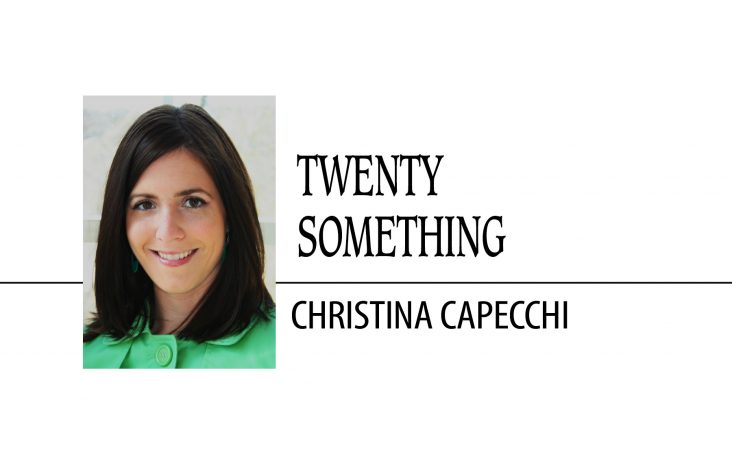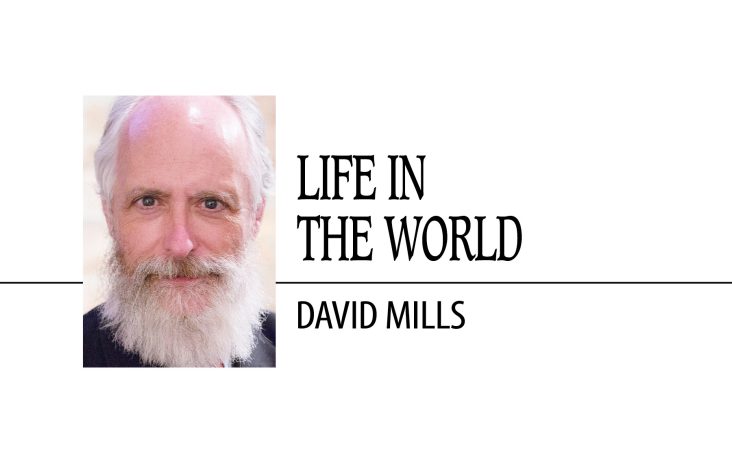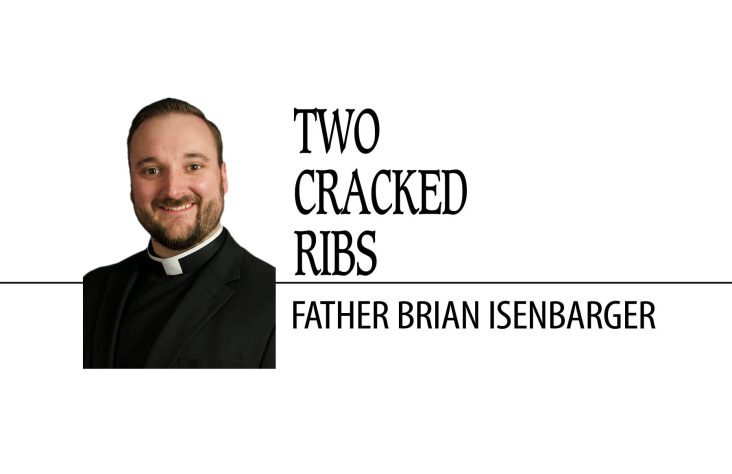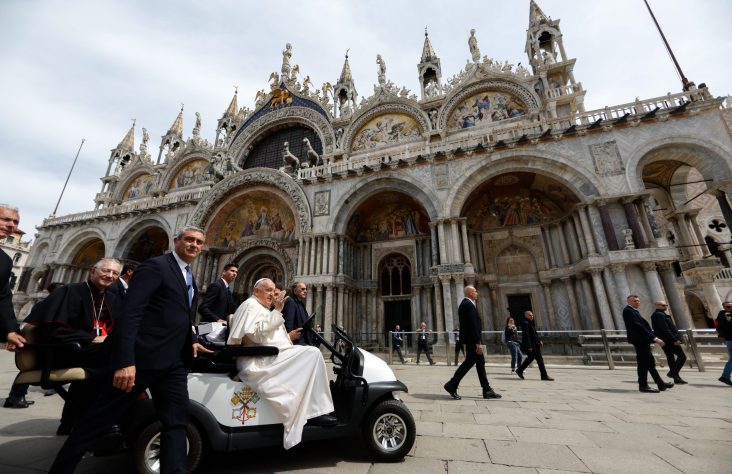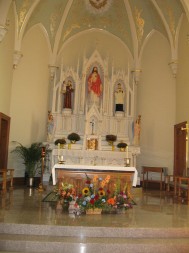September 20, 2016 // Local
St. Joseph, Hessen Cassel, celebrates 175 years
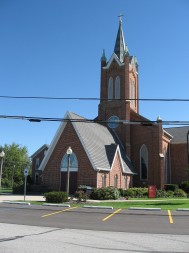
Under the patronage of the head of the Holy Family for nearly two centuries, St. Joseph Hessen Cassel has grown from 20 families to a spiritual home for more than 1,200 souls.
The earliest published account of St. Joseph Hessen Cassel Parish, Fort Wayne, was in 1841. According to Thomas Helm, a group of 20 families of German heritage began the St. Joseph Hessen Cassel congregation and immediately built a frame church in southern Allen County. He reported that many of those founding families subsequently left to form the St. Aloysius’ congregation, while the St. Joseph Hessen Cassel Parish continued to grow in membership. A parochial school has been connected to the parish since 1859. The Poor Handmaids of Jesus Christ, and later the Franciscan Sisters, ran the school.
The church grounds encompass four acres, which were purchased at four different times and include a cemetery. The first church was a log building, which was erected in 1852. It later served as the rectory for the parish’s first pastor, Father Jacob Mayer, once the present church was finished in 1961. St. Joseph Hessen Cassel Church measures 80 x 42 feet and will seat 250 people.
In Germany, a church bell had great importance. It alerted the community to neighborhood happenings such as fires, meetings, accidents, etc., and it called the faithful to worship; it would also be rung to alert them regarding a death within the parish. Undoubtedly, the 1841 log church at Hessen Cassel had a similar way of notifying parishioners when the missionary priest, who did not have a set schedule, arrived to celebrate Mass. Currently there are two bells mounted in the steeple of St. Joseph Hessen Cassel — a smaller bell, dated 1843, and a larger bell, dated 1906.
By 1857 the parish had grown to 52 families, and the building of a new church was needed. Father Mayer became the full-time resident priest around 1862. An acre of land south of the border of the original church lot was obtained through verbal contract from Johann Georg Sorg in 1857; however, the official deed of purchase from George and Maria Barbara Sorg to Bishop John. H. Luers was dated two years later, in December 1859. The Bishop paid $20 for the acre of land — fair market value at the time.
Because the original agreement took place in 1857, that is the year inscribed on the cornerstone plaque. There are two additional stone markers on the exterior of the building that commemorate events: 1927 brought significant interior remodeling to the church, and 2001 indicates the church’s exterior expansion.
Besides the building itself many interior furnishings were needed, such as an altar, pulpit, tabernacle, pews and Stations of the Cross. The church had some very beautiful Munich statues: It is believed many of these were obtained from religious groups in Germany, who often contributed to the missions in America. The wording of the Stations of the Cross, once in German, was painted over around the time of World War I.

The twisty slide, a modern touch on a playground that includes swings and a climbing wall, on the spacious grounds of St. Joseph School.
Historically, it is common practice in Germany for the villagers to pay for family pews at the local church. The money was meant to help with the operational costs of the parish. This practice also carried over to the United States. But according to Alvin Kleber, who attended St. Joseph Hessen Cassel Church, a kind of social status arose within the church because the best seats were at the front of the church and cost the most. Pew rentals often accounted for almost one-third of the parish’s income as late as 1936 according to church documents. Children did not sit with their parents, however. All of the children of the parish sat in the front pews, in front of nuns who kept a watchful eye on them.
Father Mayer not only built the parish’s first church, but he also built the parish’s first convent in 1859 on the same land later sold to Bishop Luers. The first nuns to occupy the convent were the Franciscan Sisters of the Poor, from 1863 until 1866; followed by The Poor Handmaids of Jesus Christ, 1868-1877; and finally the Franciscan Sisters of the Sacred Heart, for 115 years until the school year ended in June, 1992.
The parish’s heritage and the dedication of its families have been noted since the days of pastors Father Mayer and Father Maximilian Benzinger. More recent pastors include Msgr. Robert Contant and the current pastor, Father William Kummer.
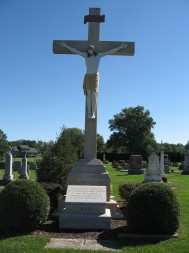
The sacrifice for humanity’s sins and the promise of eternal life are dramatized by the crucifix as the centerpiece of the Hessen Cassel parish cemetery.
“What is unique about this parish is that the names on the pews are the names in the cemetery,” noted Father Kumer. “We have stability in families here. The school is still working, and we’re very proud of it.”
There are currently 1,235 households that comprise the faith community, with approximately 100 of those families being multi-generational supporters of the parish.
The best news. Delivered to your inbox.
Subscribe to our mailing list today.

